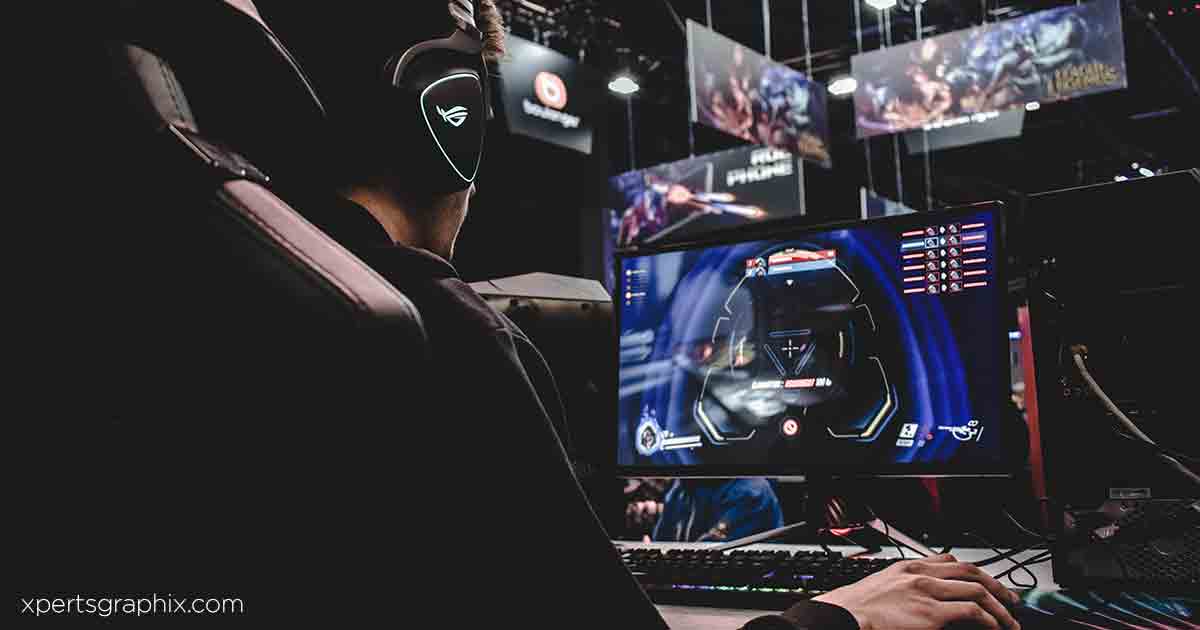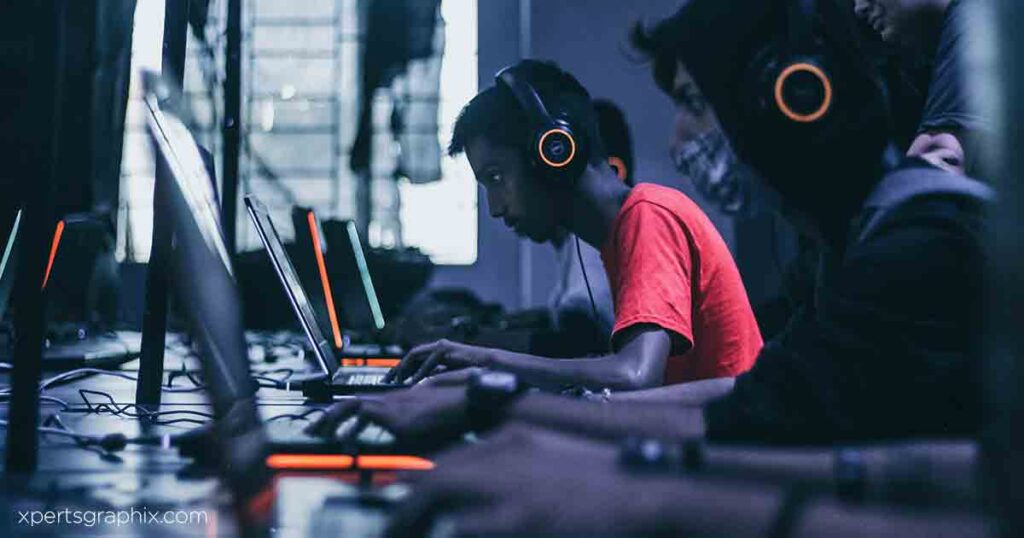Game design techniques multiplayer

Game design techniques for multiplayer games
Game design techniques multiplayer
Introduction
Embark on a thrilling journey into the globe of multiplayer game design as we delve into the depths of creating immersive and captivating gaming experiences.
With the rapid growth of online multiplayer games. Understanding the fundamentals of game design techniques has become essential for developers seeking to captivate and entertain their players.
This article unravels the secrets of designing successful and engaging multiplayer games.

Creating Compelling Game Mechanics for Social Interactions
A critical component of multiplayer game design is fostering social interaction among players.
Crafting shared objectives, cooperative tasks, and competitive elements encourages collaboration and rivalry.
Developers can foster a thriving community by offering in-game communication tools and integrating social media features, enhancing the gameplay experience.
Striking a Balance Between Skill and Chance
Designing multiplayer games that appeal to casual and hardcore gamers requires striking a delicate balance between skill and chance.
Incorporate elements of strategy and tactics while also allowing for unpredictable outcomes.
This ensures that players with varying levels of expertise can enjoy the game and refine their skills.
Embracing Asymmetrical Gameplay
Asymmetrical gameplay offers diverse experiences to players by assigning different roles, abilities, or objectives.
This design technique adds an extra layer of depth and strategic thinking. As players must adapt their approach based on their unique position within the game world.
Implementing Scalable Difficulty Levels
It’s crucial to offer scalable difficulty levels.
Developers can cater to newcomers and experienced players by providing a range of difficulty settings, ensuring everyone has a rewarding and enjoyable gaming experience.

Rewarding Player Progression and Persistence
Rewarding players for their efforts is essential in maintaining engagement and encouraging long-term play.
Implement systems that offer experience points, unlockable content, or in-game currency to incentivize players to progress through the game and strive for higher levels of achievement.
Ensuring a Fair and Engaging Matchmaking System
An effective matchmaking system is the backbone of any successful multiplayer game.
Design your system to evaluate players’ skill levels and preferences. Play styles to create balanced and exciting matches that keep participants coming back for more.
Providing Regular Updates and Fresh Content
One key to keeping players interested is introducing new content and features.
Regular updates, seasonal events, and additional game modes ensure that players always have something new to explore and look forward to.

Conclusion
Designing an engaging multiplayer game demands a careful balance of mechanics, creativity, and consideration for the diverse needs of the gaming community.
By implementing these game design techniques, developers can create immersive and captivating multiplayer experiences that stand the test of time.
As we continue to research the ever-evolving landscape of multiplayer games. These design principles will remain at the core of successful and engaging player experiences worldwide.
FAQ’s
Q1: What is a crucial component of multiplayer game design?
A1: A crucial component of multiplayer game design is fostering social interaction among players through shared objectives, cooperative tasks, competitive elements, and in-game communication tools.
Q2: How can developers balance skill and chance in multiplayer games?
A2: Developers can balance skill and chance by incorporating elements of strategy and tactics while allowing for unpredictable outcomes. Ensuring that players with varying levels of expertise can enjoy the game.
Q3: What is asymmetrical gameplay, and why is it important in multiplayer game design?
A3: Asymmetrical gameplay offers diverse experiences to players by assigning different roles, abilities, or objectives.
This design technique adds an extra layer of depth and strategic thinking. As players must adapt their approach based on their unique position within the game world.
Q4: How can developers accommodate players with distinct skill sets?
A4: Developers can accommodate players with distinct skill sets by offering scalable difficulty levels. Providing a range of difficulty settings that cater to newcomers and experienced players.
Q5: Why is rewarding a player’s progression and persistence important?
A5: Rewarding player progression and persistence are essential in maintaining engagement and encouraging long-term play.
This can be achieved by implementing systems that offer experience points, unlockable content, or in-game currency.
Q6: What is the role of a matchmaking system in multiplayer games?
A6: An effective matchmaking system is the backbone of any successful multiplayer game.
It should evaluate players’ skill levels, preferences, and play styles to create balanced and exciting matches that keep participants returning for more.
Q7: How can developers maintain player interest in their multiplayer games?
A7: Developers can maintain player interest by introducing new content and features. Such as regular updates, seasonal events, and additional game modes.
This ensures that players always have something new to explore and look forward to.




